The Science Behind Hydroponics: Understanding pH, Nutrients, and Light
Hydroponics, the art of growing plants without soil, is gaining traction in Rajasthan, a state known for its arid climate. This innovative technique offers a sustainable solution for cultivating fresh produce year-round, even in water-scarce regions. But for those curious about venturing into hydroponic farming in Rajasthan, understanding the science behind it is crucial. This blog delves into the three pillars of successful hydroponics: pH, nutrients, and light. Why Hydroponics in Rajasthan? Rajasthan faces significant challenges in traditional agriculture – limited rainfall, high temperatures, and soil erosion. Hydroponics offers a compelling alternative. Here’s how: Increased yields: Precise control over nutrients and environment leads to faster growth and higher yields. Year-round production: Hydroponic farms are not limited by seasons, allowing for consistent production. Reduced pest problems: The controlled environment minimizes the risk of pests and diseases. The Science of Growing: Understanding the Essentials Now, let’s explore the scientific principles that underpin a thriving hydroponic farm in Rajasthan, or anywhere for that matter. 1. The Balancing Act: Maintaining Optimal pH Imagine pH as a measure of water’s acidity or alkalinity. Plants need specific pH ranges to efficiently absorb nutrients. In a hydroponic system, unlike soil, pH fluctuates rapidly due to nutrient uptake and water evaporation. Here’s why pH matters: Nutrient Availability: Each nutrient has an optimal uptake range at specific pH levels. Deviations from this range can lead to deficiencies, impacting plant growth. Root Health: Extreme pH levels can damage plant roots, hindering their ability to absorb nutrients and water. Maintaining Optimal pH in Rajasthan: Regular Monitoring: Invest in a reliable pH meter and test your nutrient solution frequently, especially in Rajasthan’s hot climate where pH can drift easily. pH Adjustments: Depending on the nutrient solution, you might need to add pH Up or pH Down solutions to maintain the desired range (typically between 5.5 and 6.5). 2. Feeding Your Plants: The Role of Nutrients Unlike soil, which contains a complex mix of minerals, hydroponic plants receive their nutrients directly from a water-based solution. This allows for precise control over the exact nutrients and their ratios, ensuring optimal plant growth. Understanding Essential Nutrients: Plants require a combination of macro and micronutrients for healthy development. Here are some key players: Macronutrients (NPK): Nitrogen (N) for foliage growth, Phosphorus (P) for root development and flowering, and Potassium (K) for overall plant health. Micronutrients: These include iron, calcium, magnesium, and others, playing crucial roles in various plant functions. Tailoring the Nutrient Mix for Rajasthan: Climate Considerations: Rajasthan’s hot and dry climate can increase plant water usage and nutrient uptake. It might be beneficial to adjust nutrient strength slightly compared to cooler regions. Crop Selection: Different crops have varying nutrient requirements. Research the specific needs of the vegetables or herbs you plan to grow. Ready-made Solutions: For beginners, pre-mixed hydroponic nutrient solutions simplify the process. However, experienced growers can adjust and customize their own solutions. Understanding Light Requirements: Light Intensity: The amount of light plants need varies depending on the species. Leafy greens require less intense light compared to flowering plants. Light Spectrum: Plants utilize different wavelengths of light for various functions. Full-spectrum LED lights are often used to mimic natural sunlight. Daylight Hours: Photoperiod, the duration of light exposure, plays a crucial role in plant growth and flowering. Timers are used to create the desired light cycles. Lighting Strategies for Rajasthan: Energy Efficiency: Given the potential off-grid nature of some hydroponic farms in Rajasthan, energy-efficient LED lights are a must. Sunlight Integration: Where possible, utilize natural sunlight to supplement artificial lighting, reducing energy requirements.


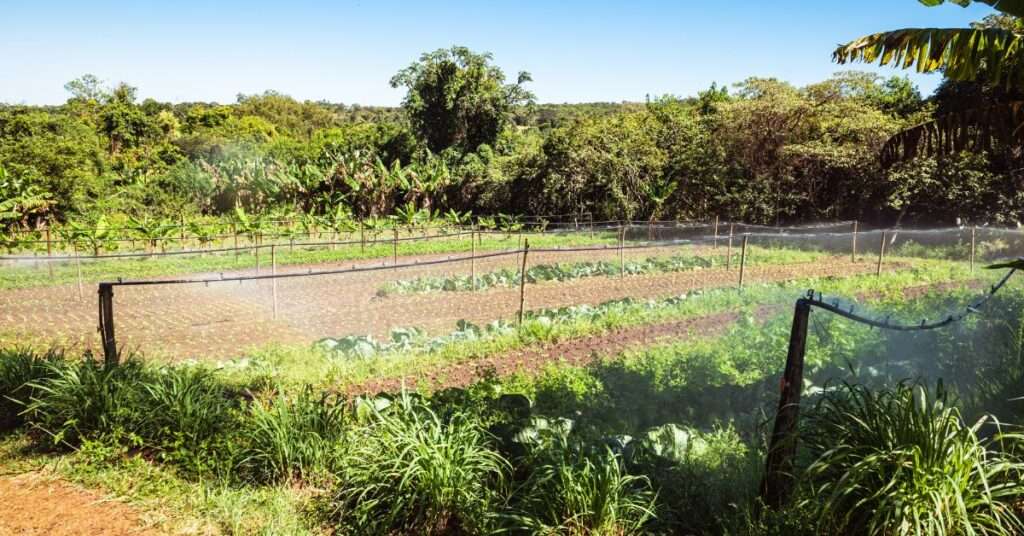
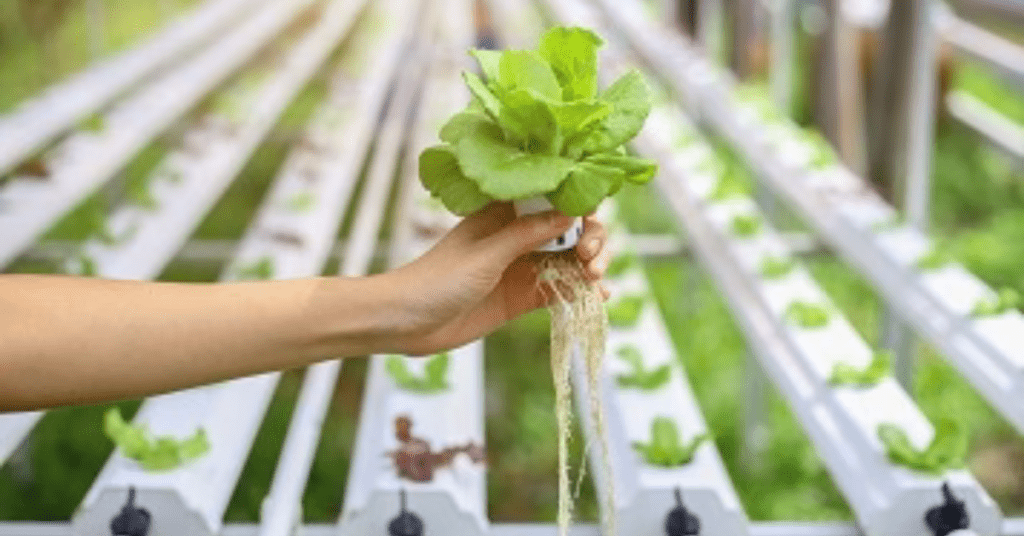
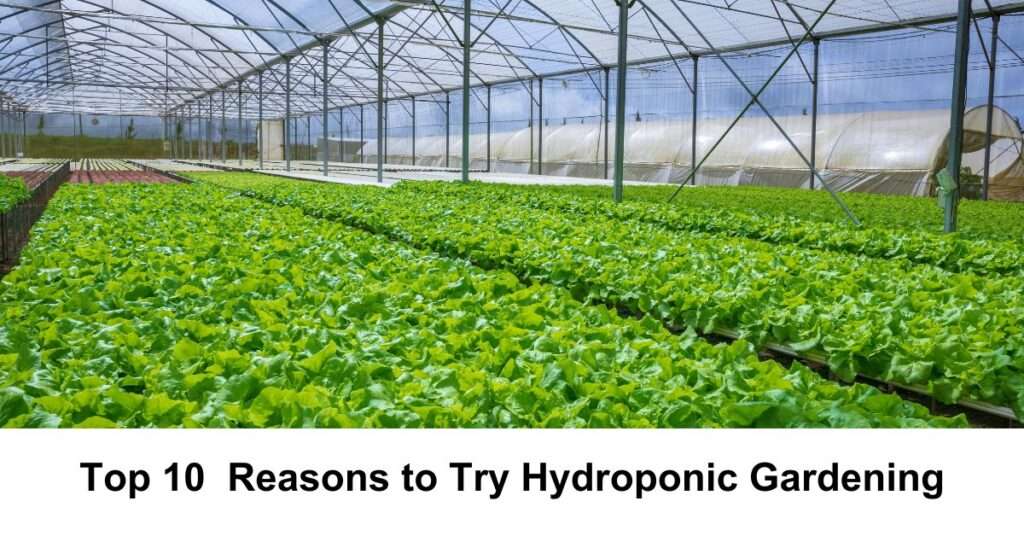

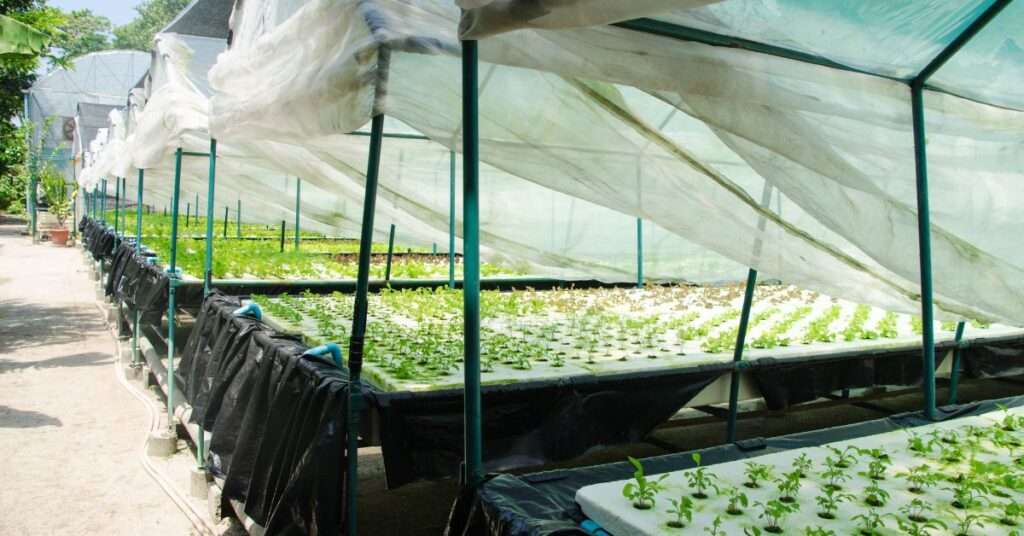
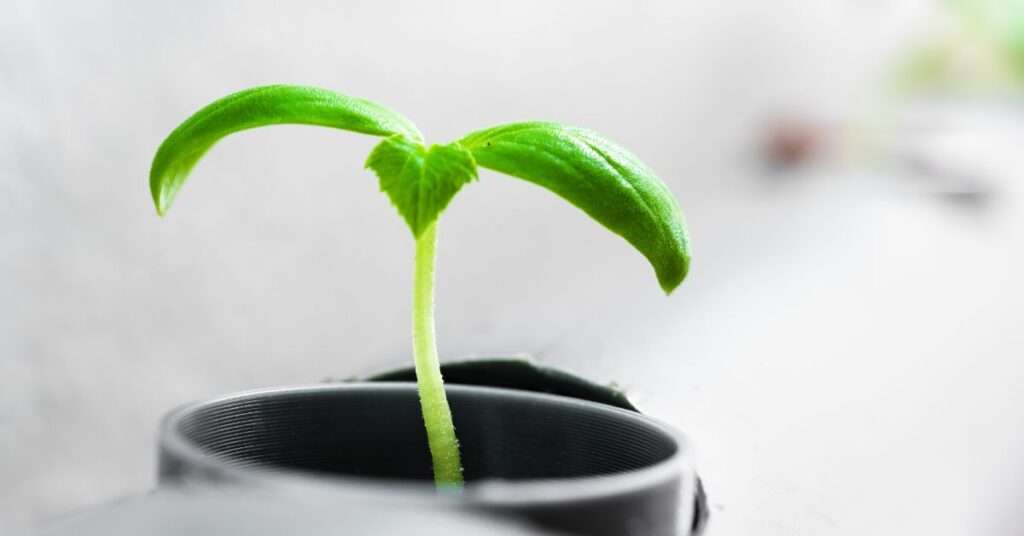
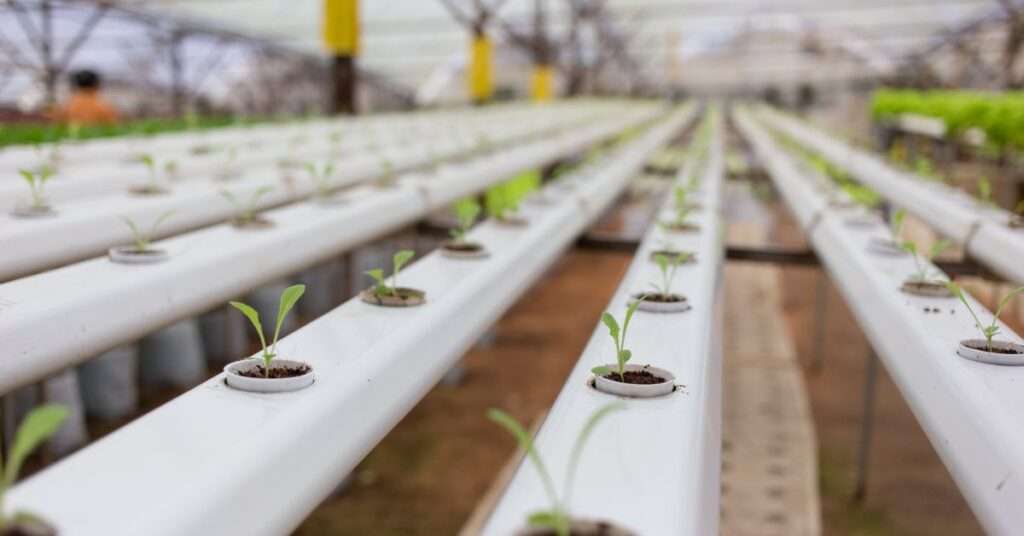

 Kotputli Rajasthan (A comfortable 2-hour drive from Gurugram) Off Grid Rajasthan
Kotputli Rajasthan (A comfortable 2-hour drive from Gurugram) Off Grid Rajasthan